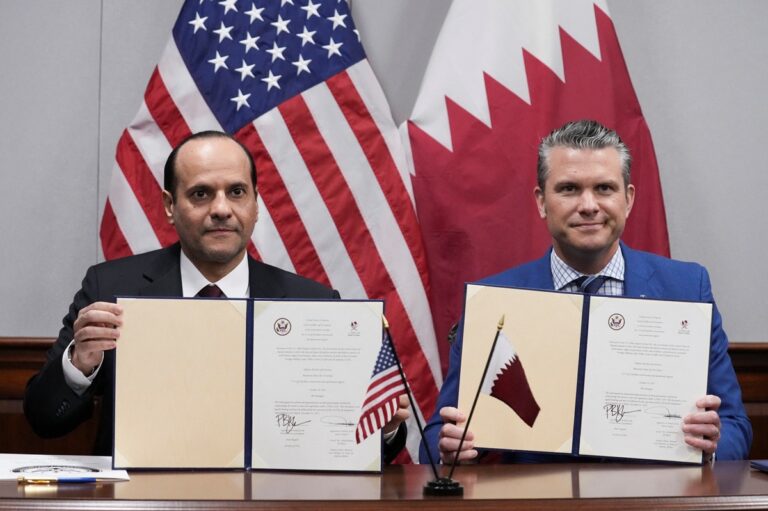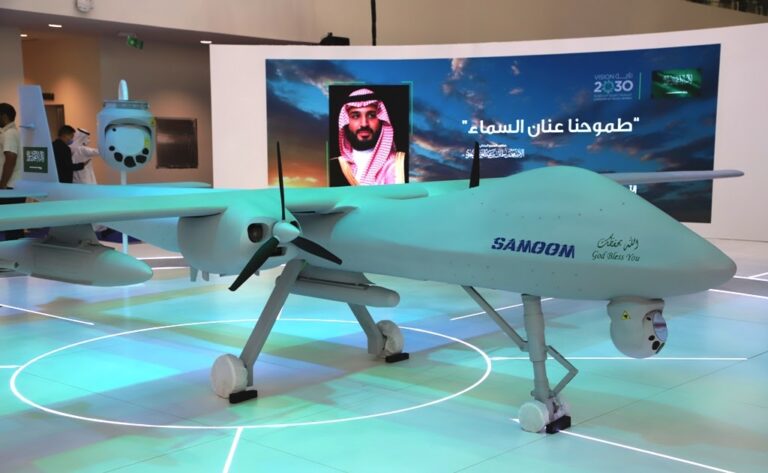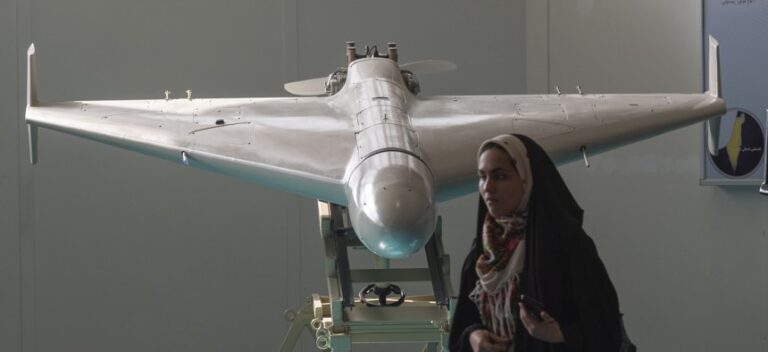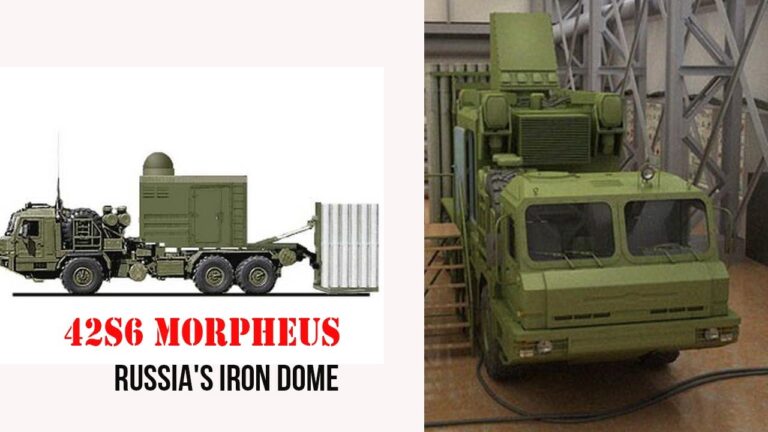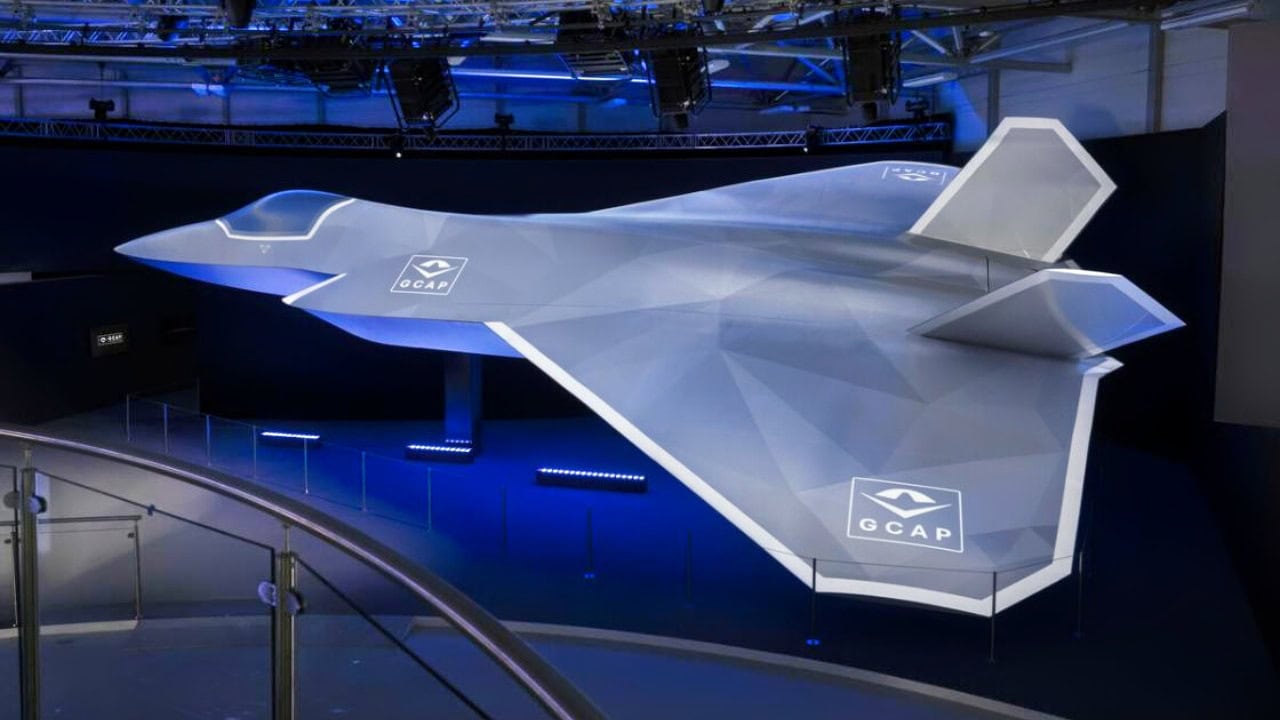
GCAP
A quiet yet significant change is occurring in the world of military aviation, which has the potential to alter global alliances and challenge the US’s long-standing dominance in the skies. The UK, Italy, and Japan are working together on the Global Combat Air Program (GCAP), which aims to deliver a sixth-generation fighter jet by 2035.
The program is steadily picking up speed. Now that Saudi Arabia has shown a strong desire to join the project, it is getting a lot of attention, not just for its technological potential but also for its ability to change the political map of the world.
Some experts and observers are starting to ask a controversial question: Could the future of air combat not lie with a single superpower but with a coalition of nations pooling their resources and goals? The American F-47, the newest in a line of next-generation U.S. fighters, is getting all the attention because of its cutting-edge features and high price tag.
The story starts with three big names in the world of defense coming together. The UK, Italy, and Japan initiated GCAP in December 2022. It combined the Tempest program in the UK with Japan’s F-X initiative and added Italy’s aerospace knowledge.
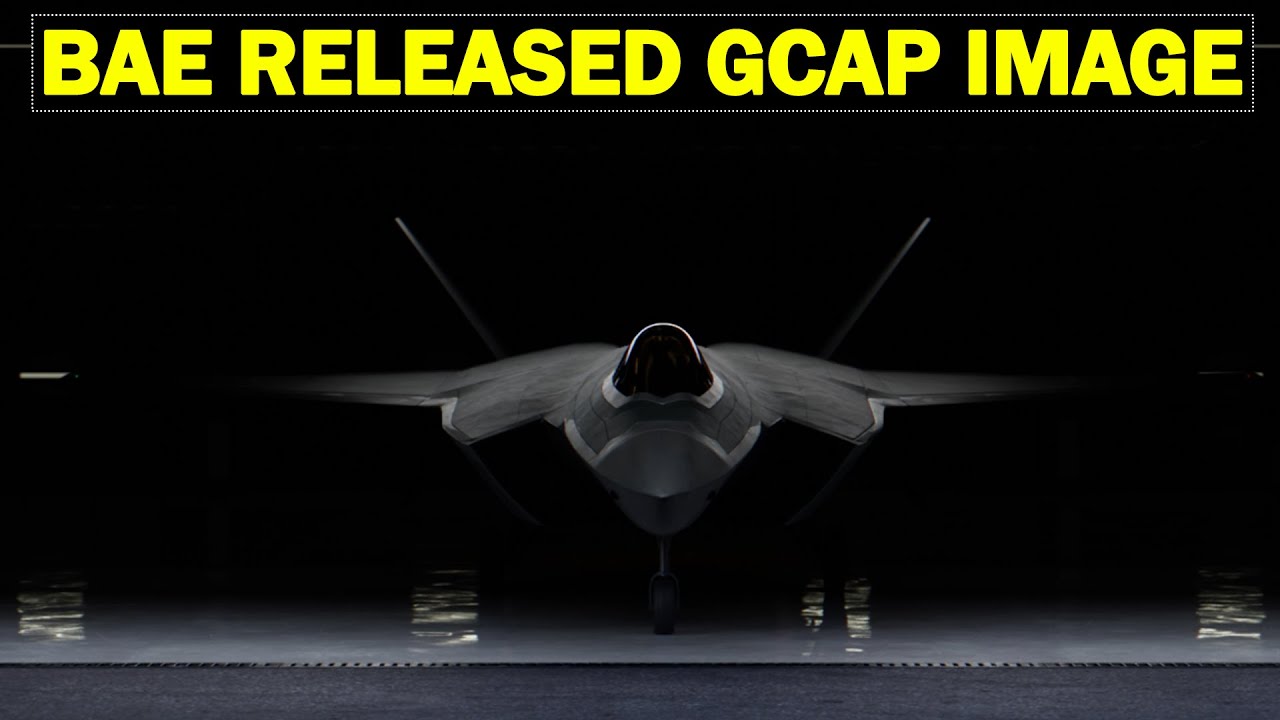
F-35 program
The goal is very high: to make a stealth fighter with AI, advanced sensors, and the best interoperability possible, all while meeting the specific security needs of the countries that made it. The U.S.-led F-35 program has been criticised for going over budget and having a complicated structure with many countries. GCAP, on the other hand, is based on the idea of equal partnership.
BAE Systems from the UK, Leonardo from Italy, and Mitsubishi Heavy Industries from Japan each own 33.3% of the project. This way, no one country can control its direction. With a joint venture based in London and plans for a first flight in just over a decade, this willingness to work together has already paid off.
GCAP differs significantly from similar American programs. Its structure is different, but so is the changing political situation around it. For many years, the US has been allies’ first choice for high-tech military equipment. Saudi Arabia is one of the biggest buyers of US weapons systems.
The F-47
However, Washington excluded Riyadh from the F-35 program due to concerns about the kingdom’s human rights record and its ties to China. Such an outcome has left a hole that GCAP could fill. The U.S. refused to give Saudi Arabia its fifth-generation stealth fighter because it has a long-standing policy of keeping Israel’s military edge in the Middle East.
Saudi Arabia has recently reaffirmed this policy, despite its efforts to fortify its defense ties with Washington. The F-47, which was shown off earlier this year by Boeing as part of the Next Generation Air Dominance (NGAD) program, promises to push the limits of sixth-generation technology with better stealth, a longer range, and the ability to work with unmanned drones.
The estimated cost of $300 million per unit and the production timeline surprise even America’s closest allies. Saudi Arabia comes along. Saudi Arabia is a wealthy country seeking to acquire more advanced military equipment.
report from 19FortyFive
Early 2025 hinted at the kingdom’s potential involvement in GCAP, which could significantly impact the situation. A report from 19FortyFive says that Saudi Arabia’s interest fits with its Vision 2030 plan to make more defense products in Saudi Arabia and depend less on imports from other countries.
With oil wealth worth billions of dollars at its disposal, Riyadh could put a lot of money into GCAP. Such action would accelerate its growth and possibly lower costs for everyone. In January, when Italian Prime Minister Giorgia Meloni went to Riyadh, things started to change. Aerospace deals between Saudi companies and Leonardo showed that relations were getting better.
Japan was initially against it because it was worried about security, but posts on X seem to suggest that Tokyo is now open to Saudi funding as long as it doesn’t involve sharing work or getting access to sensitive technology.
Rolls-Royce, IHI Corporation, and Avio Aero
Take a closer look at the hardware that’s at the heart of the story to see why this issue is important. Plans are still underway for the GCAP fighter. It will be a twin-engined, multirole plane that can fly in contested airspace and fight advanced enemies like China and Russia.
Like the F-35 and F-22 before it, it will have a low-observable airframe, which means that its radar cross-section will be as small as possible so that it can’t be found. But what makes it unique is that it focuses on next-generation systems, like AI to help pilots make decisions in real time, directed-energy weapons for precise strikes, and a modular design that lets each country make the jet fit its needs.
Rolls-Royce, IHI Corporation, and Avio Aero collaborated to create the plane’s engines. They should be able to achieve supercruise, which means sustained supersonic flight without afterburners. These characteristics will give it an advantage in speed over many current fighters.
Official details about the program are still being kept secret, but the leaders have promised a jet that can work with drones, satellites, and ground-based systems without any problems, giving the military a networked advantage in battle.
F/A-XX program
On the other hand, the F-47 represents America’s latest attempt to maintain its air superiority. President Trump announced the F-47 in March as part of a $20 billion deal with Boeing. It will replace the old F-22 Raptor and work with the Navy’s F/A-XX program.
Similar to GCAP, this jet offers sixth-generation features such as high stealth capabilities, long-range strike ability, and the capacity to lead a group of unmanned aircraft. Its airframe is made of advanced materials that make it even less visible to radar. Its lines are smooth and sharp. Connected to a powerful computer on board, the jet’s sensors promise unparalleled situational awareness.
Its range, which is said to be twice as long as the F-35’s, is meant to cover the vast distances of the Pacific theatre, which is a clear reference to rising tensions with China. Air Force Chief of Staff General David Allvin said the F-47 will have “more advanced stealth” than the planes that came before it.
Signs of Weakness
But some experts who look at pictures of the F-47 say that the canards make them doubt this “more advanced stealth,” which could make it less good at avoiding radar. But the high cost of the F-47 and the Pentagon’s ongoing problems with the F-35, which have cost taxpayers more than $1.7 trillion over its lifetime, have made people doubt its viability.
The United States has always had the most fighter jets on the market. Programs like the F-16 and F-15 have shaped modern air forces around the world. Even though it had a rough start, the F-35 has been bought by more than a dozen countries, including GCAP partners like the UK and Italy.
But this power is beginning to show signs of weakness. Allies like Canada and Portugal have been hesitant to commit to the F-35 recently. They say they are worried about a rumoured “kill switch” that could remotely disable the jets and tense U.S. relations during Trump’s second term. Lockheed Martin has not directly denied this claim.
UK and Italy want GCAP
This is why GCAP offers an alternative: a fighter made by allies, for allies, without the weight of American oversight. Since Saudi Arabia isn’t part of the F-35 club, this is a chance for them to get a cutting-edge platform while also building their own aerospace industry.
It’s difficult to say enough about how important Saudi Arabia’s participation in GCAP is for the economy. Japan wants Riyadh to become a financial backer of the program. If Riyadh agrees, it could get the jets early and get a cut of the export profits.
This agreement would also contribute positively to the program’s budget. It’s not just about money; it’s also about power. Saudi Arabia’s move away from American hardware could indicate a larger shift in the Middle East, where Gulf states have historically depended on Washington for security. The UK and Italy want GCAP to grow and view Riyadh as a link to Gulf buyers. They hope Saudi ties might help attract interest from the UAE and Qatar.
Posts on X hint that Canada, Australia, and India could also join GCAP. But so far, no official talks have confirmed their interest. Some rumours suggest GCAP may become a global alliance, not just another buyer of American-made weapons. However, the path ahead appears far from straightforward.
Japan’s hesitation about Saudi involvement hints at deeper concerns. Tokyo fears Riyadh’s close ties with China and its poor human rights record. Because of that, Japan supports a limited role for Saudi Arabia in GCAP. Japan prefers that the kingdom contribute money but not access key technologies.
Lorenzo Mariani
The partners are arguing about this stance. Reports suggest that the UK and Italy are more receptive to collaborating with other nations. Lorenzo Mariani, co-director general of Leonardo, said in February that Saudi Arabia could build industrial know-how by putting together Eurofighters or NH90 helicopters, which would be a first step toward joining GCAP.
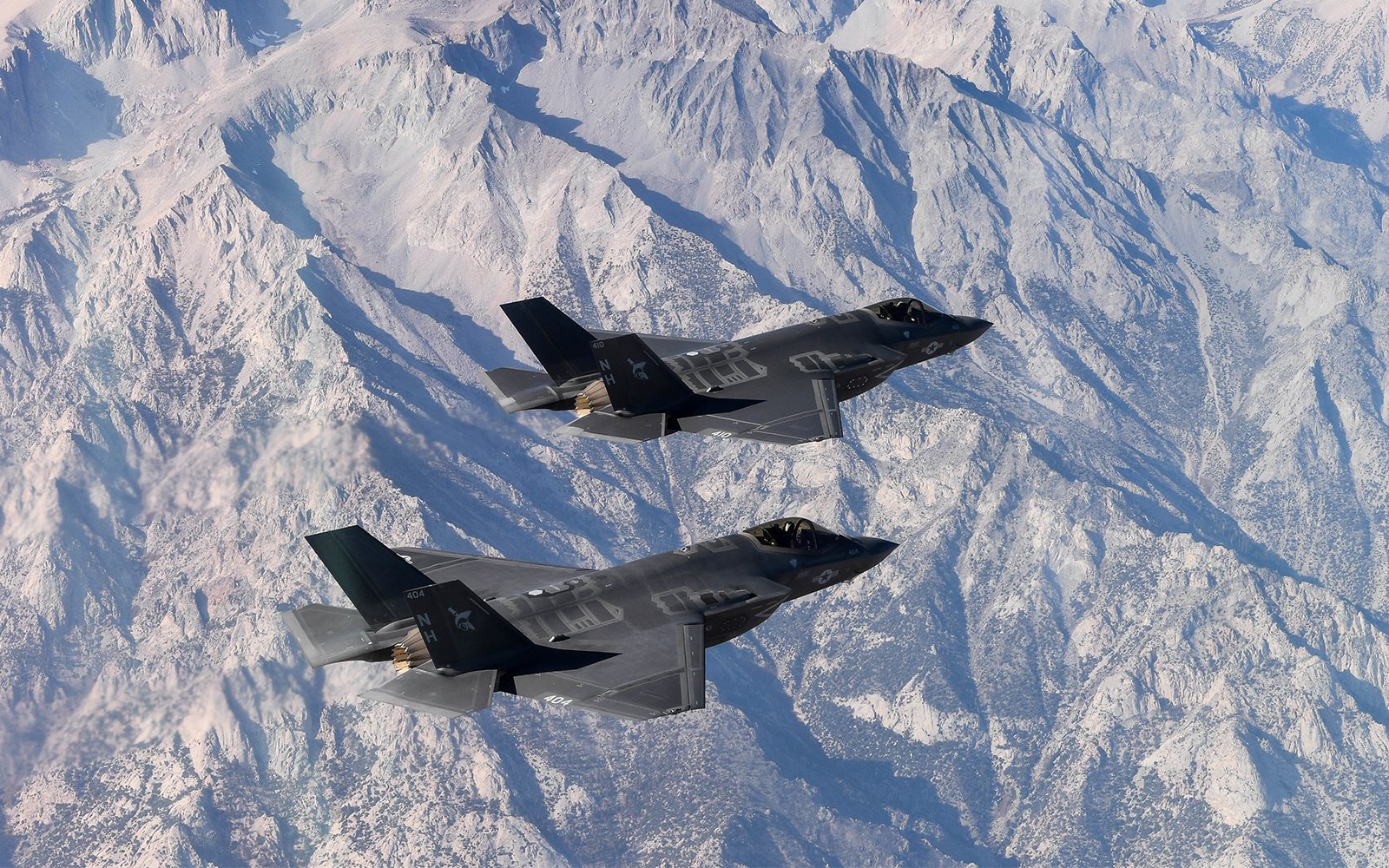
But adding a fourth partner to a program that was designed to be fair to all three could throw off the delicate balance. Only recently, Japan loosened its strict export laws to allow GCAP sales, further complicating the situation. The short time frame until 2035 also makes things more difficult.
Aside from politics, there is also the issue of ability. How does GCAP compare to its competitors? Beijing’s rapid progress with sixth-generation technology is evident in the flight of China’s J-36 and J-50 prototypes earlier this year.
They have stealth and AI features that are similar to Western designs. Despite its age, Russia’s Su-57, a fifth-generation jet, remains a significant threat in Europe. The F-47 is good at Pacific operations, but its high cost may limit its use against China. GCAP, on the other hand, wants to be flexible.
F-35 has a troubled history
Its modular design could adapt to threats in the region, such as Russian air defences and drones in the Middle East. Its adaptability and coalition-based growth may give it an edge in a world of shifting alliances.
Looking back, the growth of GCAP shows a bigger change in military aviation. The time when single superpowers controlled the skies might be coming to an end. Instead, countries will work together to solve problems that affect everyone. Because the F-35 has a troubled history with delays, cost overruns, and relying on U.S. help, some allies are seeking other options.
With its promise of freedom and flexibility, GCAP could be the answer. The F-47 is a technological marvel, but its success hinges on trust and affordability, both of which the US has historically struggled with. The GCAP story is still going on as of April 6, 2025.
Conclusion
Saudi Arabia’s role remains unclear, but talks could become serious by year’s end. Program leaders must accept Saudi funding without harming the partnership. Americans often see their jets flying overhead, so this shift might not feel dramatic to them. Still, it highlights how quickly global defense partnerships are changing.
The F-47’s autonomy shows American innovation and ambition in airpower. However, GCAP suggests the future belongs to nations that fly and fight together. We await the fulfilment of this coalition’s bold promises. Internal disputes or global competition could disrupt its progress. In ten years, when these jets take off, we’ll know if the gamble was worth it. Until then, the skies remain open—reserved for those willing to take bold risks.
References
- GCAP Overview – UK Gov
🔗 gov.uk/gcap-launch - BAE Systems on GCAP
🔗 baesystems.com/gcap - Leonardo-Saudi MoU
🔗 defensenewstoday.info/leonardo-saudi - Mitsubishi’s Role in GCAP
🔗 mhi.com/gcap-role - Saudi Vision 2030 – Defence
🔗 vision2030.gov.sa/nidlp - US Blocks F-35 to KSA
🔗 defensenews.com/f35-blocked - Boeing F-47 Reveal
🔗 19fortyfive.com/f47 - NGAD Programme Explained
🔗 airandspaceforces.com/ngad - Japan’s Export Laws
🔗 nikkei.com/japan-gcap - Saudi-Italy Defence Talks
🔗 thenationalnews.com/gcap-talks



